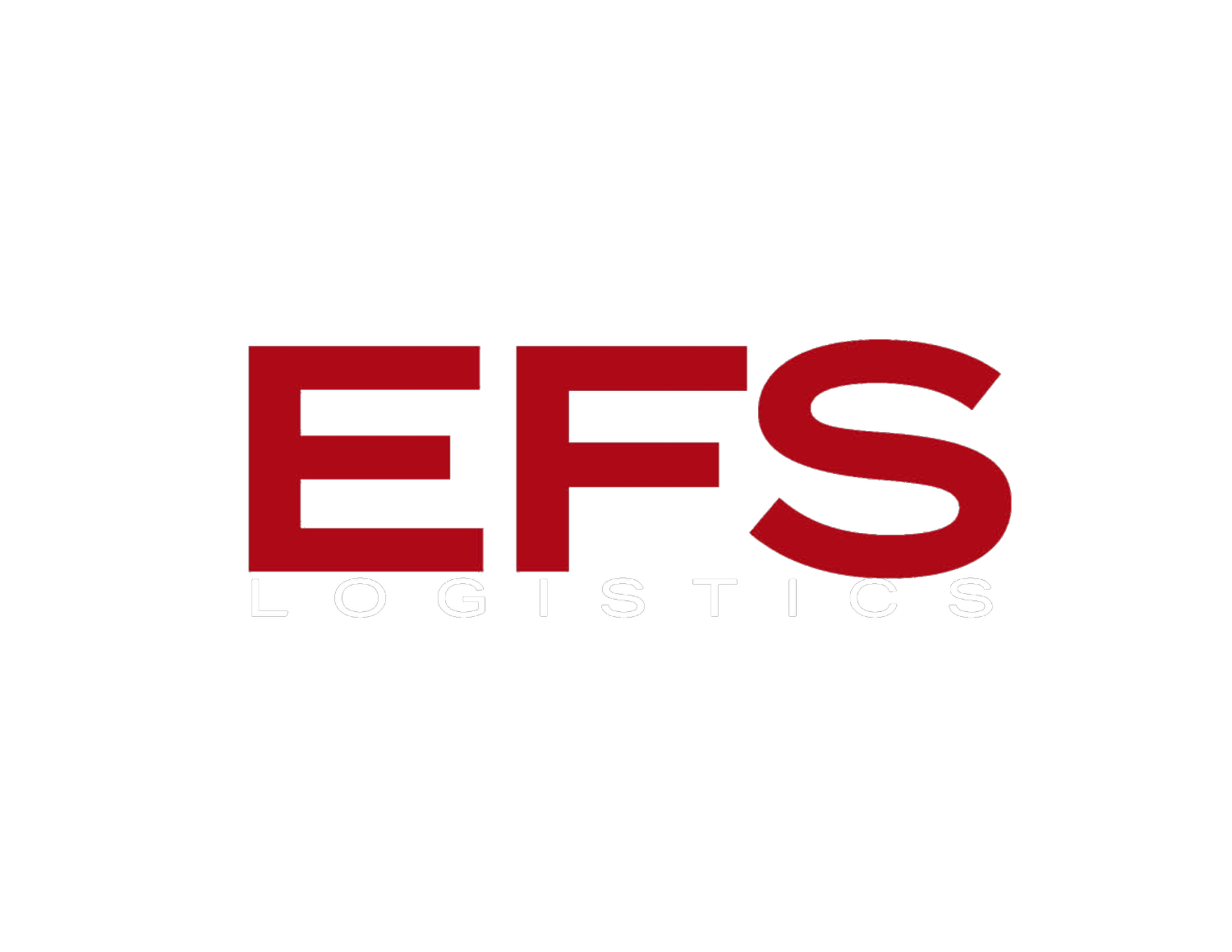En Route to the Future: How Technology has Transformed Trucking
In an age where technology has had an ever-growing impact on businesses and how they operate, the trucking industry is no exception. From GPS tracking to digitizing maintenance records, it has reshaped the world of freight compared to just a few decades ago. Numerous aspects of operations, safety, efficiency, and customer satisfaction have led to a more successful way of running a trucking business.
How Technology Has Changed Trucking
Source: EFS Logistics ©
The Implementation of Electronic Logging Devices (ELDs)
Out are the days of traditional paperwork. ELDs have now replaced the common paper log, making it easier to accurately track the drivers' hours by reducing the potential for errors, miscalculations, or falsifications of records. The use of ELDs also ensures that the Hours of Service (HOS) regulations are being followed. In turn, it reduces the possibility of unintentional violations, fines, and penalties that you may have faced while on the road.
ELDs help track where the drivers are in real-time by providing their location, date, time, and vehicle distance. This feature prioritizes the safety of the drivers and trucks in case of any defects or accidents that may occur. It's important to note that the specific features of ELDs differ depending on the device's manufacturer and the carrier packages they offer. When choosing which one is right for you, you should make sure that it meets the regulatory requirements and offers the necessary functionalities that serve your company best.
GPS Tracking & Route Optimization for Functionality and Efficiency
GPS technology has helped improve trucking by providing an accurate display of where they are in their travels, route planning, and tracking capabilities. Gone are the days of mapping out paper routes and uncertain directions. With the implementation of a GPS, it optimizes the routes by making sure you avoid traffic congestion and reduce fuel consumption. It also determines the most cost-efficient routes to save time and money in between deliveries, which is beneficial for both you and your customers.
Additionally, it allows you to see where your fleet is at all times and can send real-time alerts and notifications to fleet managers. This will alert you about unexpected events, such as breakdowns, accidents, or safety concerns. From there, you can promptly resolve the emergency without having to be there in person to assist. This feature can usually be paired with your ELD.
Source: SmartTrucking
Keeping Track of Regular Maintenance
Digital maintenance records keep track of inspections, repairs, and parts inventory. This improves record-keeping accuracy, monitors truck performance, and enhances their safety by keeping up to date on repairs. It also prevents breakdowns and reduces expensive mechanical work by determining what type of maintenance is needed before it escalates into something less manageable and costly.
By having a device like this plugged into the truck and feeding you live information, this type of technology makes it easier to archive records and find what you’re looking for. This saves you the time of having to sort through a ton of paperwork while allowing you to access maintenance records quickly and efficiently; you can ensure they comply with safety regulations and maintenance standards.
What the Future Holds for Technology in Trucking
As the gears shift into a new future, technology continues to evolve and adapt to the world around us. AI has been shown to be a promising venture to combat the trucker shortage, improve safety, and help you save money. Autonomous trucks (also known as self-driving trucks) are currently in the works and being tested to solve these ongoing issues. These are equipped with advanced sensors, cameras, and artificial intelligence systems that allow them to navigate and operate without the need for human involvement.
Allied Market Research states that: “One significant opportunity within the self-driving truck market lies in the potential to alleviate traffic congestion. By eliminating the need for human drivers and enabling seamless communication between autonomous vehicles, self-driving trucks can significantly contribute to decongesting roadways and optimizing traffic flow. This not only benefits businesses & logistics companies by streamlining supply chain operations but also improves overall road safety and enhances the commuting experience for all road users.”


